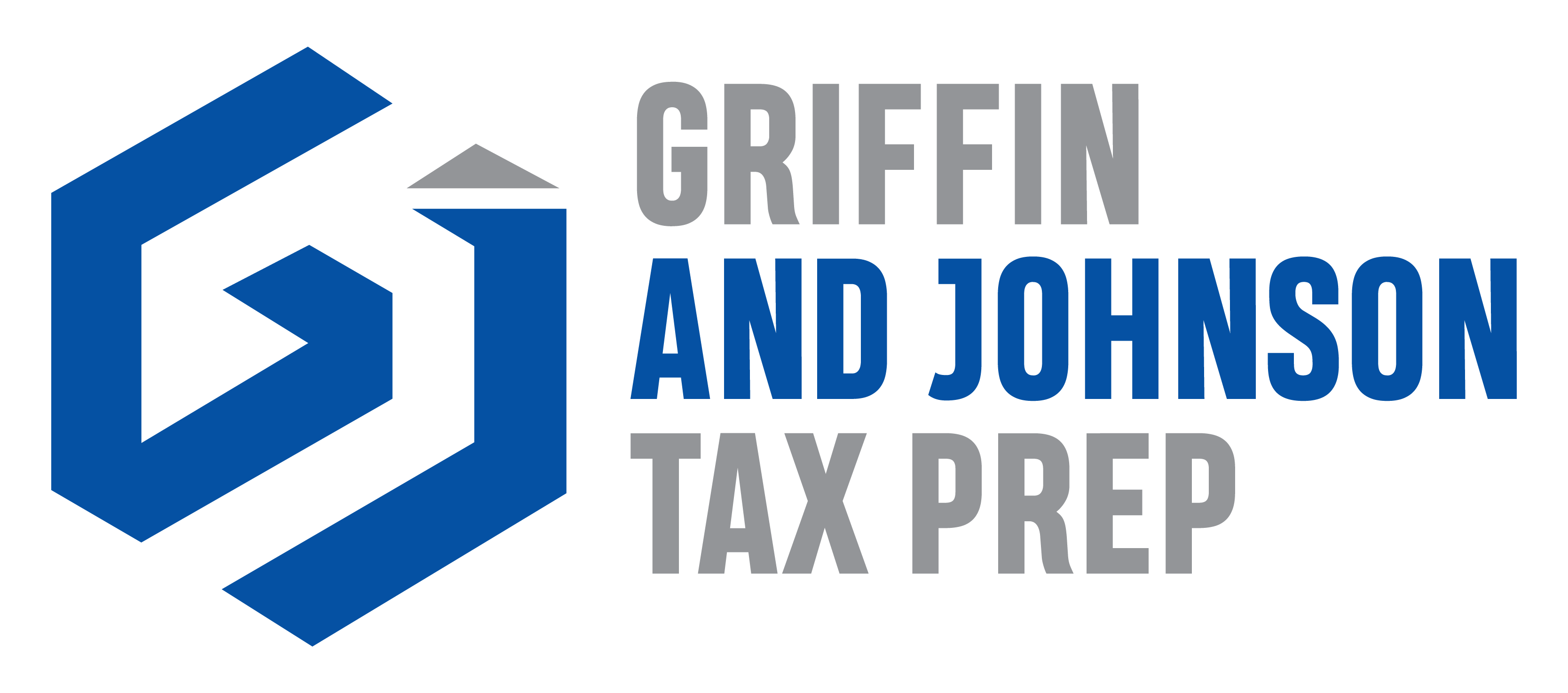Essential Guide to Help Filing Taxes for Beginners
Welcome to your go-to resource for help filing taxes, specially tailored for those who are new to the process. Whether it’s your first time tackling this annual task or you’re looking for a refresher to ensure you’re on top of current regulations, this guide is here to simplify the seemingly complicated world of taxes. Understanding the fundamentals and navigating through your tax filing can be straightforward with the right information and tools at your disposal.
Understanding the Basics of Taxes
Tax season can seem daunting, but getting a grip on the basics is the first step towards mastery. We’ll introduce you to essential concepts such as the significance of meeting deadlines, differentiating between federal and state taxes, and familiarizing you with common forms like the 1040. Grasping key terms such as gross income, tax credits, and deductions will provide a solid foundation that will empower you as you seek help filing taxes.
Step-by-Step Guide to Filing Your Taxes
Embarking on your tax filing journey involves several key steps, from gathering necessary documents like W-2s and 1099s to choosing between manual preparation and using sophisticated tax software. In this section, we provide a detailed walkthrough that ensures each phase of your tax preparation is handled with care, thus minimizing errors while maximizing your potential refunds.
Tips and Resources for Tax Filing Assistance
There are numerous resources and services available to offer help filing taxes. We’ll explore options such as the IRS Free File, tax clinics, and consulting with professional tax advisors. Additionally, we’ll present tips on selecting the appropriate help based on your financial situation and the complexity of your tax returns, employing tools like checklists and calendars to keep you organized and punctual in your filing.
Essential Guide to Help Filing Taxes for Beginners
Understanding the Basics of Taxes
Embarking on the annual journey of filing taxes can be daunting for beginners. This fundamental guide aims to demystify the process of tax filing, highlighting the importance of understanding basic concepts, differentiating between federal and state taxes, and recognizing the primary forms used. With a clear grasp of these elements, anyone can start to navigate the tax season with confidence.
The Importance of Deadlines
One of the first steps in tax preparation is recognizing the critical importance of deadlines. In the United States, the due date for filing federal income tax returns is typically April 15. However, when this date falls on a weekend or holiday, the deadline may be extended to the next business day. Deadlines for state taxes can vary, thus it’s crucial to verify the dates with your local tax authority. Late submissions can result in penalties and interest, adding unnecessary costs to your tax bill.
Federal vs. State Taxes
Understanding the distinction between federal and state taxes is another crucial aspect. The federal income tax is administered by the Internal Revenue Service (IRS) and is applicable throughout the country. Its purpose is to fund federal programs like defense, social security, and Medicare. On the other hand, state taxes vary and are used to support state-specific initiatives such as public safety, education, and transportation. Most states have an income tax, though notable exceptions like Florida and Texas do not.
Key Tax Forms
When preparing to file your taxes, familiarizing yourself with basic tax forms is essential. The Form 1040, U.S. Individual Income Tax Return, is the standard form used to file an individual federal return. Variants like the 1040-SR for seniors or the simpler 1040-EZ might apply depending on individual circumstances. Specific forms are also available for state taxes, and these can typically be found on your state’s government or tax department website.
Understanding Key Tax Terms
Gross Income
Gross income is a fundamental concept in tax filing. It represents the total income earned before any taxes or deductions. This includes wages, dividends, capital gains, business income, and even tips. Knowing your gross income is the starting point for determining how much tax is due.
Tax Credits and Deductions
Tax credits and deductions can significantly reduce your overall tax liability and are crucial terms to understand. Tax credits, like the Earned Income Tax Credit or Child Tax Credit, directly reduce the amount of tax owed and can lead to a refund if they exceed the tax calculated. Deductions lower the amount of your income subject to tax and typically include expenses like mortgage interest, medical expenses, and charitable donations. Both tools are beneficial for reducing your taxable income, but they work in different ways and are subject to various eligibility requirements.
Conclusion
Understanding the basics of tax filing is your first defense against the complexities of the tax system. Recognizing the importance of deadlines, distinguishing between federal and state taxes, and familiarizing yourself with integral forms and terms such as the 1040, gross income, tax credits, and deductions, provide a solid foundation. With this knowledge, you can approach the tax season prepared and confident. Stay tuned for further details as we explore a step-by-step guide to filing your taxes and uncover available resources to help ease the process.
Are you looking for more personalized assistance on help filing taxes? Consult with a professional tax advisor to ensure proper filing and maximize your potential benefits derived from tax credits and deductions.
Step-by-Step Guide to Filing Your Taxes
When you’re new to filing taxes, the process can seem daunting. With the right guidance, however, navigating through the intricate world of tax returns can be a smooth experience. This section provides a user-friendly, detailed walkthrough designed to help filing taxes efficiently, ensuring you leverage every opportunity for a favorable outcome. Let’s embark on this step-by-step journey to filing your taxes correctly.
Gather Your Tax Documents
The first crucial step in filing your taxes is gathering all necessary documentation. Most commonly, you will need:
- W-2 Forms: These forms are provided by your employer and show your annual wages and the amount of taxes withheld from your paycheck.
- 1099 Forms: If you’re self-employed or have other sources of income (like freelance work, interest, and dividends), you will receive a 1099 form from each payor.
- Deduction Documents: Gather receipts and records for potential deductions such as educational expenses, medical expenses, and charitable donations.
- Previous Year’s Tax Return: Having your previous year’s tax return can help you quickly reference important information, such as your adjusted gross income.
Ensuring you have all these documents before you start your tax preparation saves time and helps avoid errors.
Choose Your Filing Method
Deciding whether to use tax software or fill out the forms manually is the next step. For beginners, tax software can be an excellent choice as it simplifies the process:
- Tax Software: Programs like TurboTax, H&R Block, and TaxAct offer guided tax preparation, offering detailed instructions and support throughout the process. These programs automatically calculate your tax liability or refund and can help identify tax-saving deductions and credits.
- Manual Filing: Download the necessary tax forms from the IRS website and fill them out. Manual filing requires careful attention to detail to avoid common mistakes such as miscalculations or misreporting income.
Choose the method that you find most comfortable, ensuring it aligns with the complexity of your tax situation.
Report Your Income Accurately
Filling out your tax return begins with an accurate reporting of your income. Use your W-2, 1099, and any other relevant income documents to report your income. Be sure to double-check each entry to prevent any discrepancies that could delay processing or trigger an audit.
Claim Your Deductions and Credits
Deductions and credits are essential components of your tax return, as they can significantly reduce your tax liability:
- Deductions: Common deductions include student loan interest, educational expenses, medical expenses, and charitable contributions. Itemize your deductions carefully to maximize your potential tax savings.
- Credits: Tax credits like the Earned Income Tax Credit (EITC), Child Tax Credit, and education credits can be directly subtracted from your total tax liability, reducing the amount you owe.
Understanding what you qualify for can help maximize your refund or minimize the amount you owe.
Review, Correct, and File
Before you submit your tax return, review it thoroughly. Check for any errors in your income reporting, deductions, and credits. Ensure that your Social Security number and all personal information are correct. Once you have verified the information, decide how you would like to file:
- E-filing: Submitting your tax returns through the IRS’s e-file system is the fastest way to get your taxes done. It’s secure and you receive immediate confirmation once your return has been submitted.
- Paper Filing: If you prefer, you can mail your tax forms to the IRS. This method takes longer to process, so it’s important to consider the timing if you expect a refund or owe extra tax.
Remember, using IRS-approved software or an accredited tax preparer can further help filing taxes comfortably, ensuring all guidelines and regulations are met precisely.
Conclusion
Filing taxes doesn’t have to be overwhelming. By breaking down the process into manageable steps—from gathering documents to making the final submission—you can approach tax season with confidence and potentially secure your maximum tax refund. Stay organized, remain informed, and consider reliable tax software or professional tax help if you find the process too intricate to handle alone.
Following these structured steps can demystify the complexities of tax preparation for beginners, ensuring a productive and stress-free tax filing experience.
Tips and Resources for Tax Filing Assistance
Filing taxes can often seem daunting, especially for beginners. Knowing where to seek help can demystify the process, potentially save you money, and definitely save you significant time. Whether you are grappling with a complex tax situation or simply need basic guidance, various resources and tips can streamline your tax filing experience. Here, we will explore some effective avenues for getting help filing taxes that cater to different needs and budgets.
1. Utilize IRS Free File
If your income is $73,000 or less, you qualify for the IRS Free File program. This service provides free access to premium tax software offered by leading tax preparation companies. This software can guide you through the intricacies of tax preparation, ensure accuracy, and even pinpoint deductions you might have missed. Visit the official IRS website to choose among the available software options and ensure your state tax return is also covered, depending on where you live.
2. Tax Clinics and Community Resources
Many communities offer free or low-cost tax help through clinics often sponsored by non-profit organizations. The IRS sponsors two major programs: the Volunteer Income Tax Assistance (VITA) and the Tax Counseling for the Elderly (TCE) programs. VITA generally assists people who earn $60,000 or less, those with disabilities, and those with limited English proficiency. On the other hand, TCE is dedicated to taxpayers who are 60 years of age and older, focusing on pension and retirement-related issues unique to seniors.
3. Professional Tax Advisors and Accountants
For those with more complex tax situations—such as freelance or contract employment, large investments, or ownership of multiple properties—a professional tax advisor or CPA might be your best bet. While this option involves higher costs, the value in maximizing your tax returns or minimizing liabilities can far outweigh the outlay. Make sure to choose a reputable professional by checking credentials and looking up reviews or even asking for referrals from trusted sources.
4. Leveraging Technology: Tax Software and Apps
Today’s market is thriving with solutions geared towards making tax preparation as painless as possible. Apart from the IRS Free File program, numerous other software and apps are available, from TurboTax to H&R Block, and more, designed to cater to a variety of complexities in tax situations. They offer step-by-step guidance; some even provide options for a professional review before filing. Remember that the cost can vary significantly, so choose a package that meets your needs without overpaying for unnecessary features.
5. Educational Resources and Workshops
Education is your best defense against future tax headaches. Many local libraries, community centers, and even colleges offer workshops around tax season that can equip you with the knowledge to handle tax preparation more confidently. Additionally, the IRS provides a wealth of information online, including tutorials and downloadable guides that explain various tax scenarios and deductions in detail.
6. Tips for Choosing the Right Help
The choice between different tax help options should be guided by factors like your financial situation, the complexity of your tax returns, and your comfort level with handling financial data. For simple returns, software might be enough. For more complex situations or if you’re unsure, it might be wiser to consult a professional. Always ensure that any help you use is secure, reputable, and suitable for your tax needs.
7. Staying Organized: Checklists and Calendars
An essential aspect of stress-free tax filing is organization. Keep a dedicated file for all your tax documents throughout the year, such as receipts, W-2s, 1099s, and relevant emails. Utilizing checklists and maintaining a calendar can help you track important documents and deadlines. Many tax software programs offer integrated tools for this purpose, helping ensure that when tax season arrives, you’re prepared and possibly even ahead of schedule.
In conclusion, while tax filing can initially appear challenging, multiple resources are available to provide effective assistance. From free services like IRS Free File to professional advisors, you can select the support that best fits your needs. By staying organized and educated on tax matters, you can tackle tax season with confidence and ease.
Conclusion
In conclusion, understanding the intricate world of taxes might seem daunting for beginners, but with the right knowledge and tools, it can become a manageable and even empowering task. From grasping the basics of tax forms and terminologies to meticulously following a step-by-step guide for filing, you have all the essentials needed to embark on your tax filing journey with confidence. Remember, whether you choose to utilize sophisticated software or seek the expertise of a professional, what matters most is finding the path that best aligns with your needs and ensures compliance with tax laws.
Moreover, never underestimate the value of resources designed to help filing taxes. Utilizing services like the IRS Free File or consulting with tax professionals can provide not only guidance but also peace of mind. As you become more familiar with the process, each year will be an opportunity to improve, possibly leading to better returns and fewer headaches. Tax season need not be a time of stress; with the right preparation, it can be a smooth and successful end to your financial year.
Armed with this essential guide and a proactive attitude, you’re well on your way to mastering the art of tax filing. Go ahead, tackle your taxes with the confidence of a seasoned pro!





